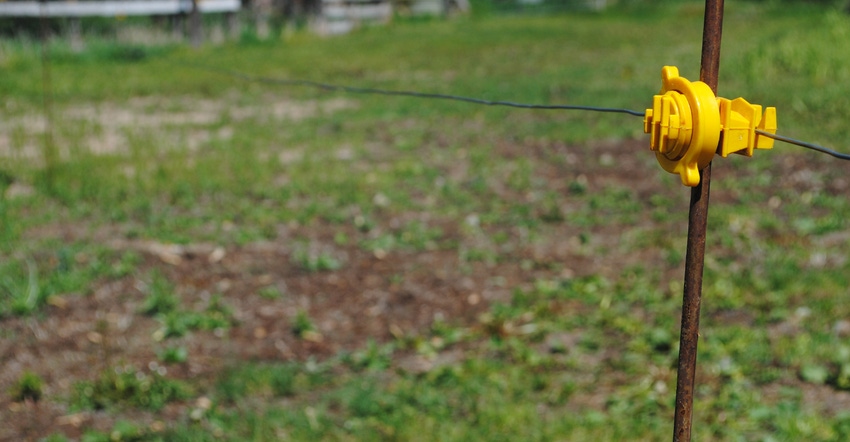May 12, 2021

Hopefully, you can still locate the electric fence materials you used this past winter for grazing cornstalks. These same materials you already own can be useful tools to stretch your pasture this summer.
Electric fence is the easiest and cheapest way to increase utilization in summer pastures. Dividing pastures with an electric cross fence encourages cattle to graze pastures more completely. By increasing uniform consumption across a pasture, grazing time in the pasture can be extended, resulting in a longer recovery period after grazing.
This time off allows plants to regrow and can improve their health and vigor. With high pasture rent and rumors of a hot, dry summer, stretching grass a bit early may pay off in the long run.
Temporary electric fence won’t replace the role permanent fencing options such as traditional barbed wire and high-tensile electric fencing systems still hold. However, the low cost and easily movable nature of temporary fence make it invaluable for a cross-fencing tool.
This is especially true if you already have electric fencing that your animals respect. Being able to change paddock size on the go is a benefit that permanent fence installations don’t provide. Additionally, using fencing equipment you already have provides an inexpensive opportunity to experiment with where you might eventually place a more permanent cross fence.
The electric fence that keeps your cows on stalks during winter can give you this inexpensive opportunity to try some cross fencing where you have been reluctant to try it before. More grass for your cattle might be the result.
Source: UNL Pasture and Forage Minute, which is solely responsible for the information provided and is wholly owned by the source. Informa Business Media and all its subsidiaries are not responsible for any of the content contained in this information asset.
You May Also Like




